How to Store Winter Boots: Prolonging Your Boots Lifespan
When storing winter boots through the warmer seasons, you’ll need to clean and condition them to ensure they’ve all the natural oils to last until the following autumn.
Storing dry or dirty winter boots can cause cracking and mold, so make sure you give ‘em a good clean before you put them up in the closet for the warmer months.
Store your boots in solid containers that won’t crush your boots, but make sure they can breathe. You must find somewhere cool and dry to store boots to prevent mold from growing on the leather—avoid basements or damp shelves.
What You’ll Need to Store Your Winter Boots
When it’s time to put away your trusty winter boots for the next six months, it’s worth a little preparation to ensure they’ll be ready to wear when the weather starts to cool.
Throwing all your boots into a bag and putting them in the cellar or garage is a mistake that’ll cost you new boots. All you’ll need to store your winter boots is:
- Clean microfiber cloth
- Leather oil
- Warm water and saddle soap
- Breathable clear plastic containers
- Silica packets and boot fresheners
- Somewhere cool and dry to store your boots
3 Easy Steps to Store Your Winter Boots in the Warmer Months

It’s always great to see winter turning into spring, with the warmer weather giving you a bit of pep in your step. Your boots are probably due for a break after a hard winter dealing with rain, snow, and ice.
Don’t be tempted to throw them into a bag at the back of a dank and musty cupboard, though, as by autumn, your winter boots will come out in terrible condition.
After keeping your feet warm, safe, and dry for months, it’s only fair you look after your winter boots by storing them properly. Here at JK Boots, we pride ourselves on the care and attention we put into making every boot as perfect as possible—it’s why we’re the best.
Seeing your winter boots undone by six months of mold and dampness due to improper storage would be a tragedy, so here are the three easy steps to properly store your winter boots.
Step 1: Cleaning, Conditioning, and Preparing to Store

Before storing your winter boots, they’ll need a thorough cleaning to ensure you’ve removed all dirt and bacteria from the leather. In the same way an unwashed plate will grow mold, leather caked in mud will soon be a breeding ground for mold.
Use a blunt knife to gently scrape away any mud from your boots, including on the sole. Once the boots are scraped clean, you can use soapy water and a microfiber cloth to give them a thorough cleaning.
Once you’re happy that your boots are clean, allow them to dry before you condition them. Giving your boots one final oiling will help prepare the leather, giving it the nutrients and natural oils the leather needs to stay in top condition.
Using a leather oil such as Obenauf’s Leather Oil should have been part of your monthly cleaning routine throughout the winter months. It’s a simple case of evenly applying the leather oil to your winter boots, ensuring not to leave any area un-oiled.
Again, you’ll have to let your boots dry naturally. Not only will this give you one last chance to make sure you’ve not missed any of the leather, but it also allows you to store your boots when they’re dry.
Minimizing the moisture available for mold to grow gives your winter boots a better chance of coming out of storage in the same condition they went in.
Step 2: Where to Store Winter Boots
Equally important as cleaning and conditioning, where and how you store your winter boots will decide whether they survive the summer months.
Summer can get pretty hot and humid, and that’s a recipe for disaster for leather. You’ll have to find somewhere cool, dry, and clean to keep your boots if they’re to survive. A dark, dank cupboard with a musty wooden shelf is a breeding ground for mold and mildew, as is the garage's wet, humid corner.
The best place to store your winter boots is an airy room away from direct sunlight. Somewhere cool and dry is ideal, and if you’ve got wooden shelves, make sure they’re dry and mold-free.
Don’t store your boots on the floor—avoid cellars or attics, as the temperature swings can make it easier for mold to grow.
Once you’ve found somewhere cool and dry to store your boots, you can put them into a breathable plastic container.
A non-breathable container is a bad idea as it can cause condensation and overheating, which will soon lead to mold. Your boots might look spotless, but there’s always some bacteria just waiting for the right conditions to grow.
Step 3: Final Checks
Now you know where to store your freshly cleaned and conditioned winter boots, and it’s time to store them for the warmer summer months.
As a last check, we recommend placing a boot freshener and silica packet in with your boots, as they’ll help keep your boots moisture free and smelling great. Musty boots can take a while to freshen up, so using a sneaker ball or boot freshener will remove any odors in your boots.
Most new footwear, and electrical items for that matter, come with a silica packet to keep moisture at bay. It’s always a good idea to keep these, as they come in handy when storing your boots.
Your winter boots will be stored in the best possible location and ready to rock at the first sign of winter. They will come out looking as good as they did six months ago and smell fresh, conditioned, and ready for the harshest weather.
Reaping the Rewards
We hope you’ve enjoyed this tutorial, as it’s essential to know how to prepare and store your winter boots to ensure they stay in top condition.
Your winter boots can last for years when looked after, but storing them improperly can lead to issues that can be hard to resolve. We always recommend using a premium leather oil like Obenauf’s Leather Oil to keep your boots healthy, and that’s especially important when it’s time to store your boots.
Once your boots are in the condition where you’d be happy to wear them, ensure they’re stored in a dry, cool environment, and you’ll be wearing them for years to come. A winter boot like the JK Boots Arctic No. 2 will protect you through harsh winter conditions—it’s your job to protect them through the summer.
FAQs
How do you store boots properly?
Boots need to be clean, conditioned, and free from dirt before they’re put into storage. Whether you’re storing your boots through the summer or winter, you must store them in a cool, dry environment. Avoid damp cupboards and wet cellars, and keep your boots in a breathable plastic container.
How do you store leather boots for storage?
Leather is prone to suffering from mold if not kept at a dry, cool temperature, so you’ll have to ensure there’s no damp or extreme heat around. Wet, warm conditions breed mold much more readily, and that can ruin the leather. You may also need to stuff the boots with newspaper to help retain their shape if they have a high shaft.
How do I protect my boots in the winter?
You can protect your boots in winter by cleaning and conditioning them at least once a month. Regularly using a leather conditioner to ensure your boots retain their natural oils and preservatives will prolong their lifespan. Don’t store your boots somewhere damp, and remove any mud and dirt when you’ve finished wearing them.




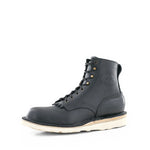
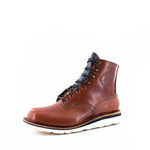
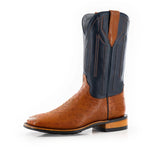
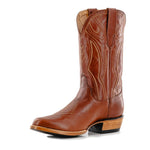
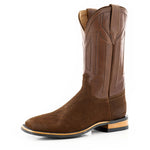



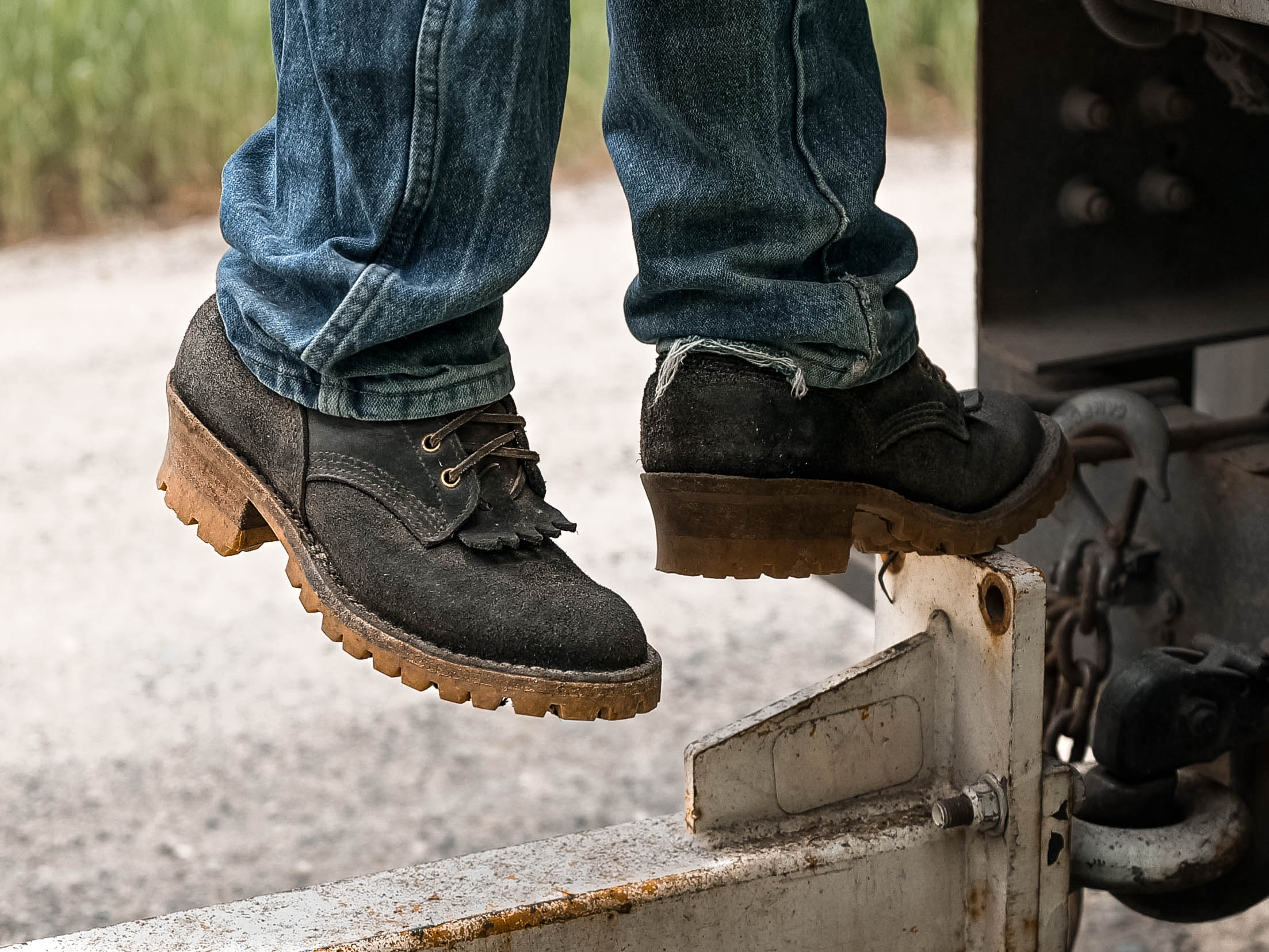
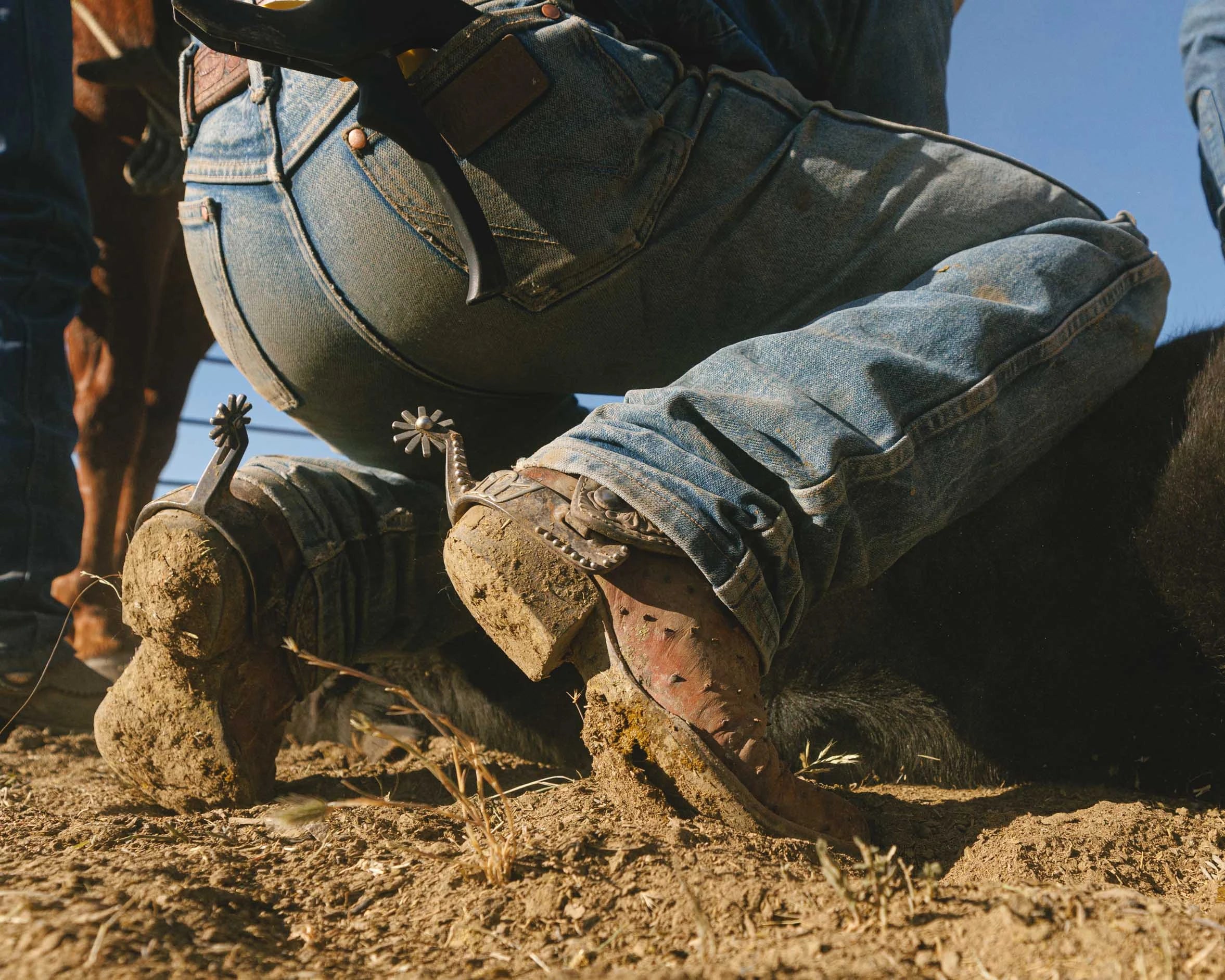

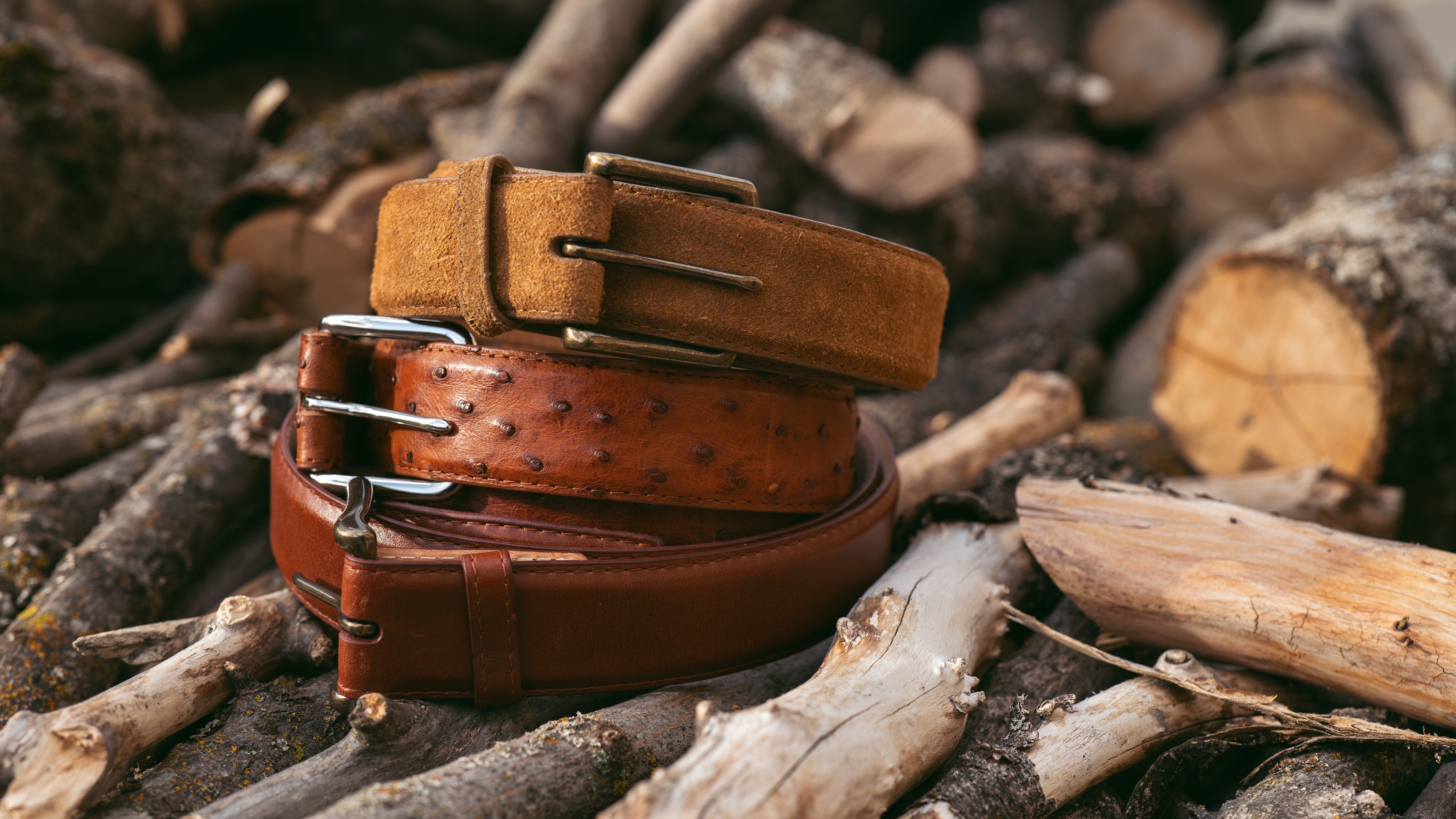

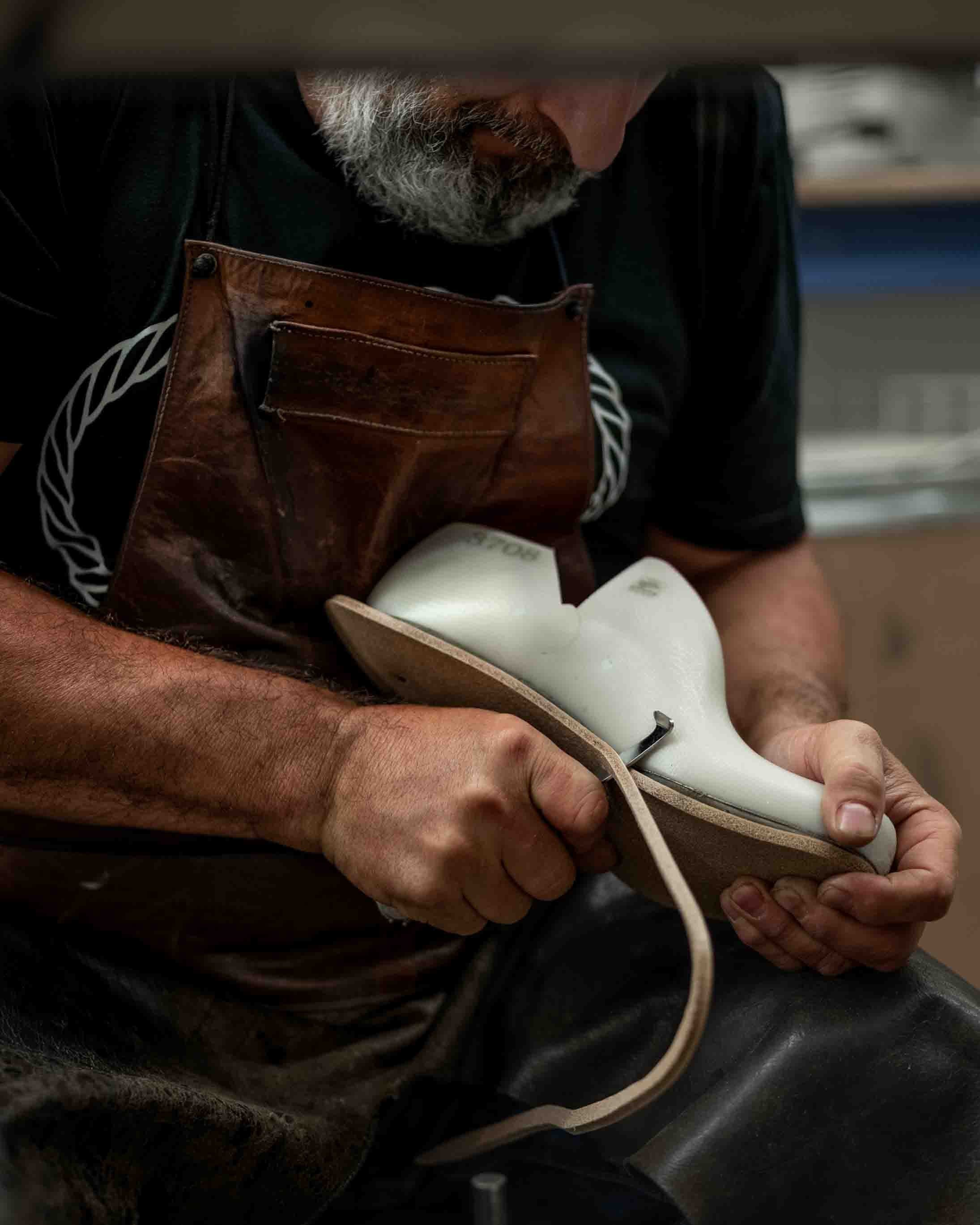

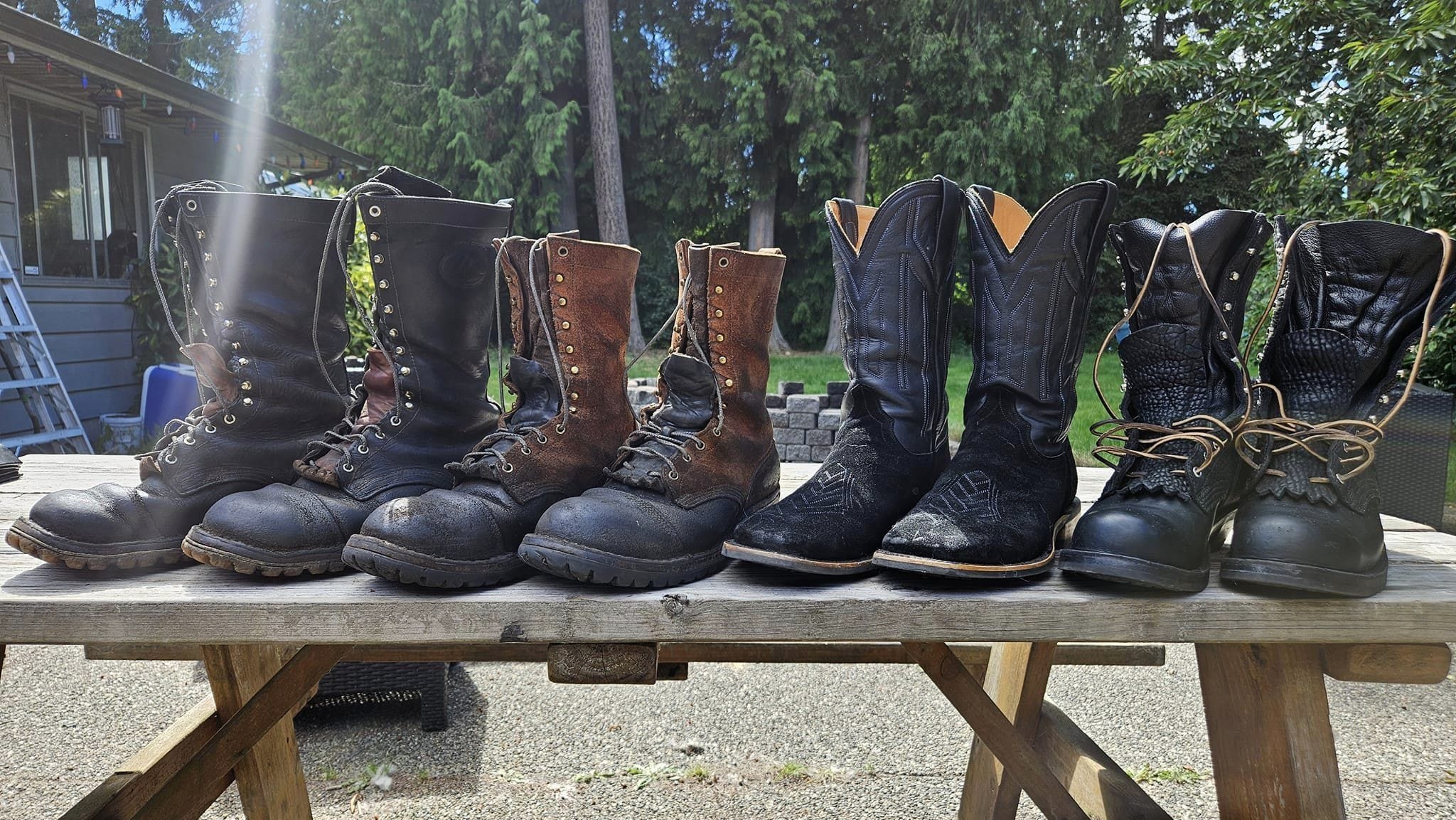
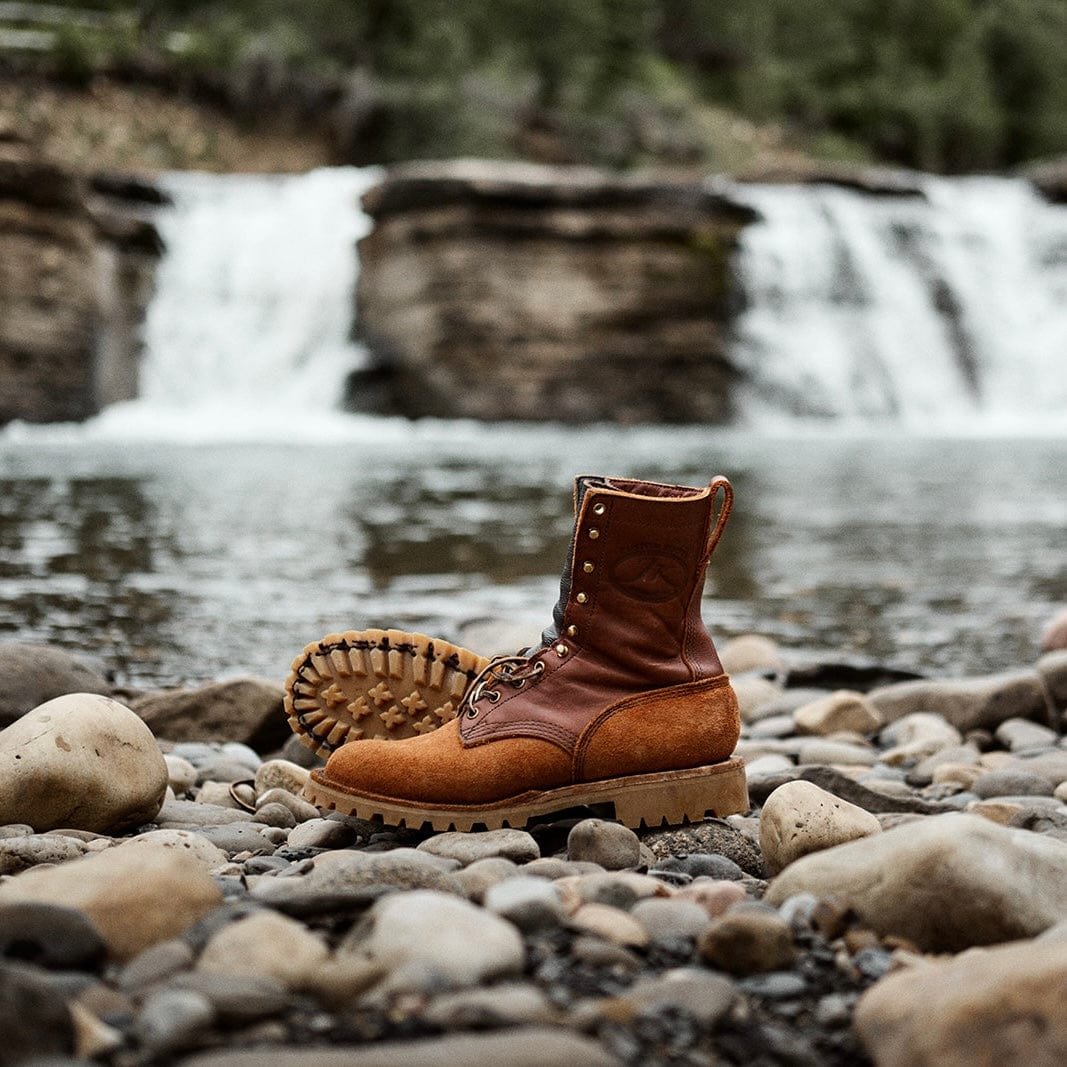
Leave a comment